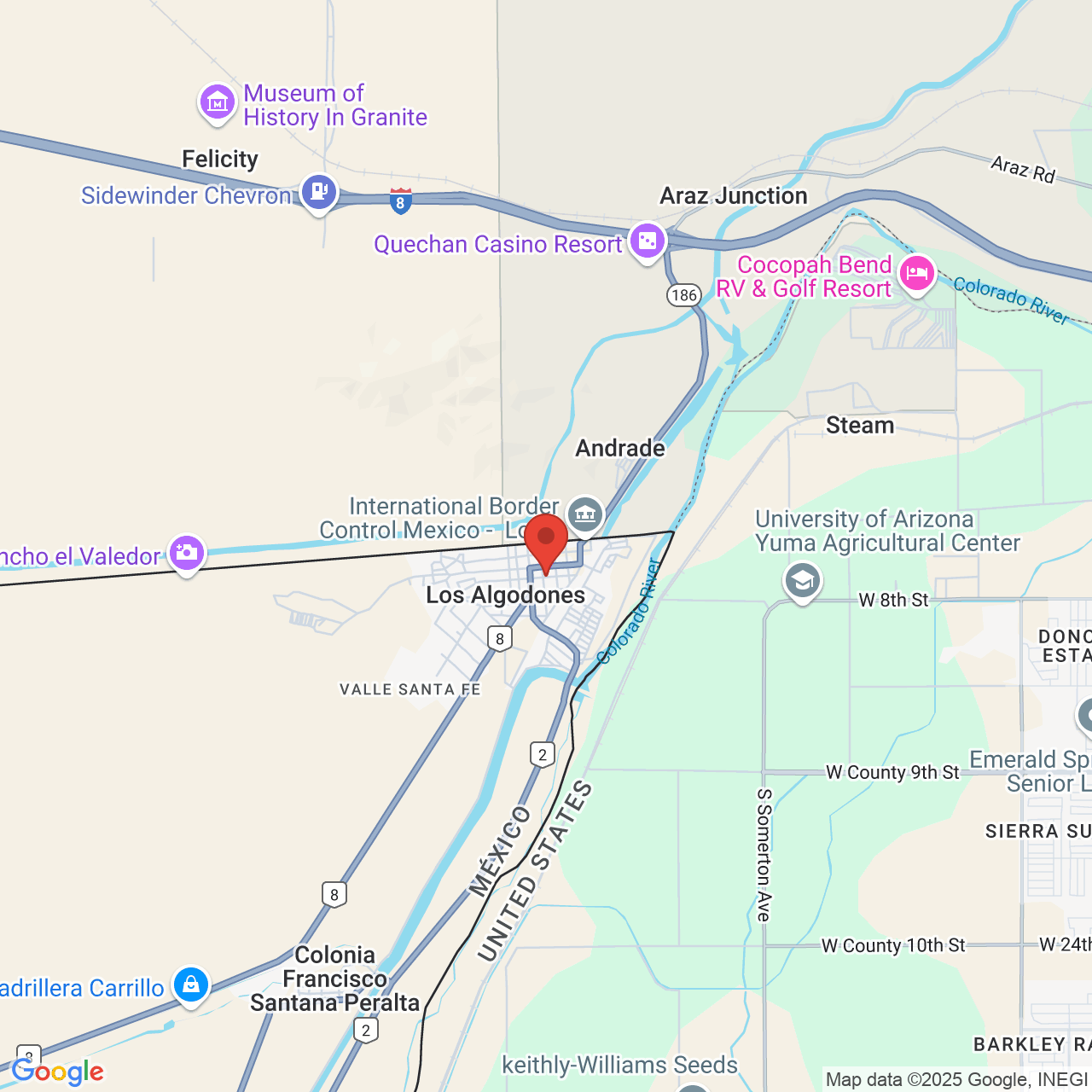Bone Grafting Recovery
 As a person ages, the tissues of the jawbone weaken, leading to degeneration or bone loss. Bone loss is a particular risk after tooth loss. A tooth’s roots provide stimulation to encourage healthy tissue growth. Without that stimulation, the risk of jawbone deterioration is high.
As a person ages, the tissues of the jawbone weaken, leading to degeneration or bone loss. Bone loss is a particular risk after tooth loss. A tooth’s roots provide stimulation to encourage healthy tissue growth. Without that stimulation, the risk of jawbone deterioration is high.
Dr. Jose Valenzuela Jr. offers bone grafting at his dental practice that serves Los Algodones, Mexico, Mexicali, and surrounding areas. Bone grafting uses tissue grafts to restore jaw strength and prevent further deterioration. Here, we provide an overview of the average bone grafting recovery and what patients can expect in the days and weeks after their procedure.
Bone Grafting Side Effects
Bone grafting is an oral surgery procedure. During treatment, Dr. Valenzuela makes an incision in the gums. The incision grants access to the jaw. Dr. Valenzuela disinfects the treatment area and then places grafting material to repair degeneration. As with any other surgical procedure, side effects are a normal part of bone grafting recovery.
The most common side effects of bone grafting are:
- Pain
- Inflammation
- Heightened sensitivity
- Bruising around the treatment site
Bone grafting symptoms are usually mild and should diminish within a few days. During recovery, patients should take prescribed antibiotics exactly as directed. Over-the-counter pain medication and cold compresses can alleviate discomfort, inflammation, and bruising while the patient heals.
We should note that some patients notice small sand-like grains around the treatment site during the first several days of bone grafting recovery. These are tiny bone fragments. The loss of small bone fragments should not cause concern, provided the side effects are improving and the patient is healing as expected.
How Long Does Bone Grafting Recovery Last?
Since bone grafting side effects are mild, most of our Los Algodones patients feel well enough to return to work and do other routine activities the day after their procedure. Within a week or two, patients often feel back to normal.
Even though patients may feel like they’ve fully recovered, it takes up to nine months for the jaw to completely heal after bone grafting. During this time, the jaw tissues fuse with the graft to rebuild and strengthen the jaw. When a patient undergoes bone grafting in preparation for dental implant treatment, it is usually six to 12 months before the jaw is strong enough for implant placement.
Risk of Complications
There is a risk of complications following any surgical procedure. Complications from bone grafting include infection and nerve damage. The risk of bone grafting complications is low. Still, patients should recognize potential symptoms of complications and report them to Dr. Valenzuela if they arise. Patients should contact Dr. Valenzuela if they experience:
- Severe pain
- Increased inflammation
- Pus or discharge around the graft site
- Fever of 101 degrees or higher
Contact Us
If you are interested in learning more about bone grafting and the recovery process, Dr. Jose Valenzuela Jr. can answer any questions you may have. To schedule an appointment at the Cosmetic & Implant Dentistry Center, fill out our contact form online or call (928) 792-2156 at your earliest convenience.






